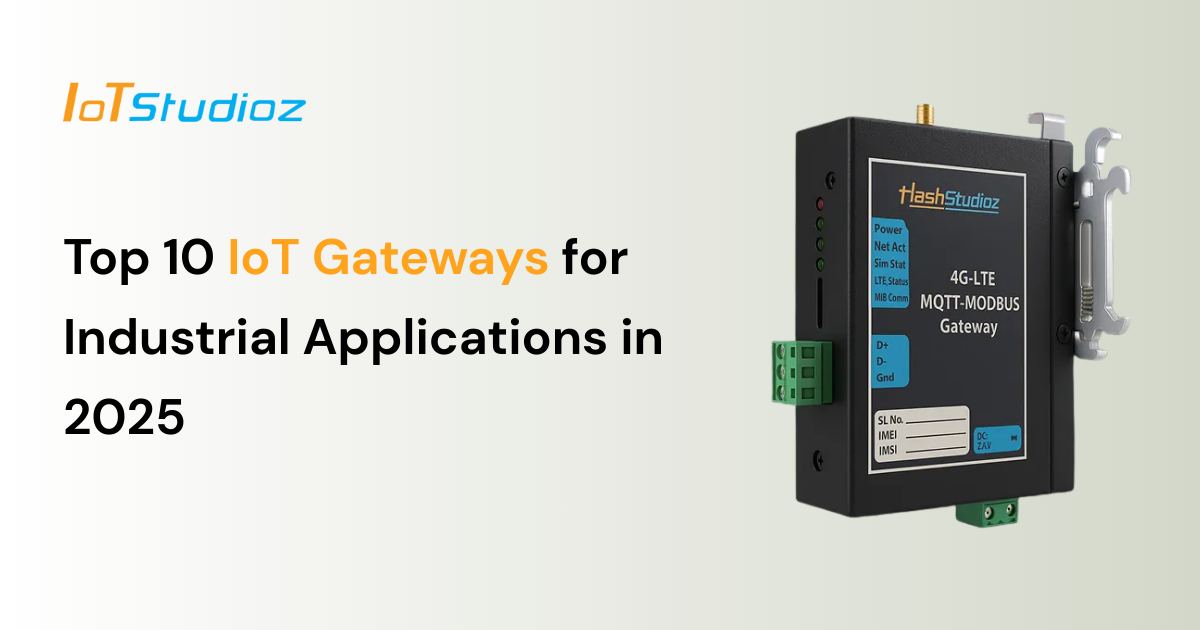Top 10 IoT Gateways for Industrial Applications in 2025
Industrial environments rely on IoT Gateways to connect machines, sensors, and cloud systems. These devices collect, convert, and send data between equipment and digital networks. A quality gateway ensures stable

